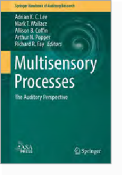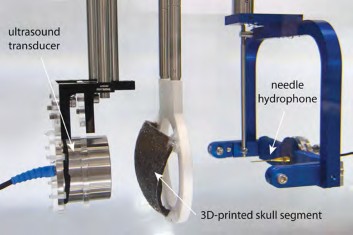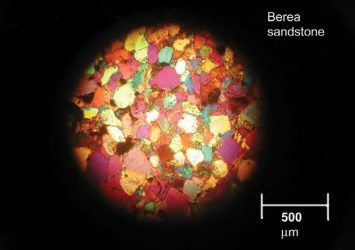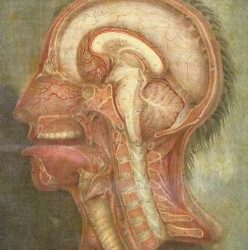Volume 15 | Issue 2 Summer 2019
To view or download the full issue, click the cover image. To read an individual article, click its title. From the EditorFrom the PresidentFrom the Editor in Chief Featured Articles Mechanical Speech Synthesis in Early Talking Automata - Gordon J. Ramsay Satisfying...
Multisensory Processes The Auditory Perspective Editors: Adrian K. C. Lee, Mark T. Wallace, Allison B. Coffin, Arthur N. Popper, and Richard R. Fay
[pdf-embedder url="https://acousticstoday.org/wp-content/uploads/2019/06/Multisensory-Processes-The-Auditory-Perspective-Editors-Adrian-K.-C.-Lee-Mark-T.-Wallace-Allison-B.-Coffin-Arthur-N.-Popper-and-Richard-R.-Fay.pdf" title="Multisensory Processes The Auditory...
Speech: A Dynamic Process Authors: René Carré, Pierre Divenyi
Obituaries
Acoustical Society Foundation FundAcoustical Society Foundation Fund – James H. Miller
Panel on Public Policy – Edward J. Walsh
Networking Up – Tracianne B. Neilsen
It Is Our Responsibility to Teach Science Communication to Students – Laura N. Kloepper
Taking the Leap and Getting Involved as a Student in the Acoustical Society of America – Kali Burke
[pdf-embedder url="https://acousticstoday.org/wp-content/uploads/2019/06/Taking-the-Leap-and-Getting-Involved-as-a-Student-in-the-Acoustical-Society-of-America-Kali-Burke.pdf" title="Taking the Leap and Getting Involved as a Student in the Acoustical Society of...
Sam H. Ridgway
From Biology to Bytes: Predicting the Path of Ultrasound Waves Through the Human Body – Bradley E. Treeby
Computer simulations are increasingly used to guide ultrasound therapies, but what makes a good model and when can we trust them?
The Peculiar Acoustics of Rocks – James A. TenCate
Surprisingly, understanding how sound behaves in rocks is not very well-known.Surprisingly, understanding how sound behaves in rocks is not very well-known.
Satisfying Hunger, Thirst, and Acoustic Comfort in Restaurants, Diners, and Bars… Is This an Oxymoron? – Kenneth P. Roy
We all go to these places, but how can we ensure that the acoustic environment will be conducive to our needs?
Mechanical Speech Synthesis in Early Talking Automata – Gordon J. Ramsay
Early attempts at synthesizing speech using mechanical models of the vocal tract prefigure modern embodied theories of speech production.












